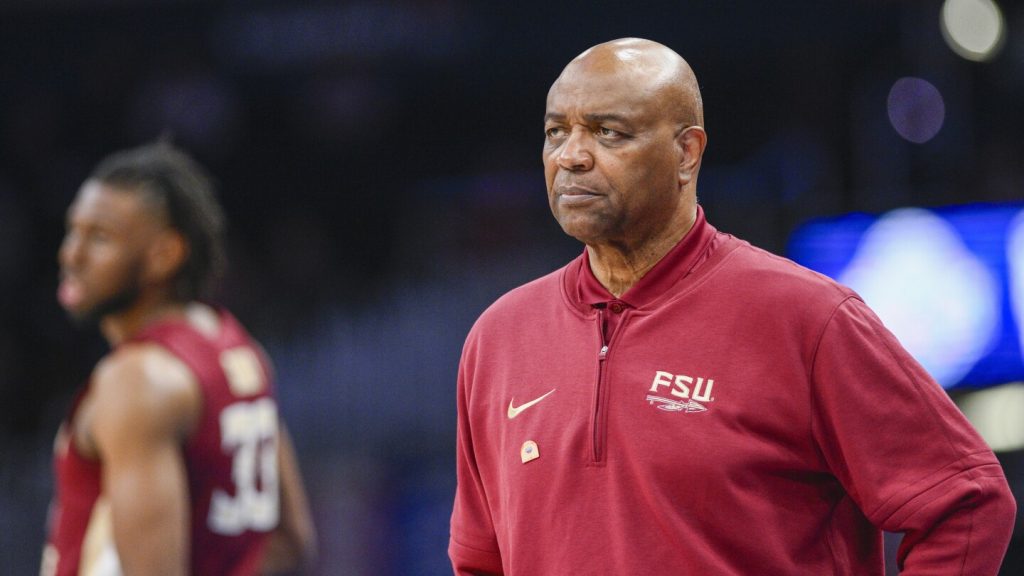Leonard Hamilton, who has amassed over 660 victories during his 37-year coaching career and has guided numerous players to lucrative NBA contracts, takes greater pride in a different statistic: the few players he coached at Miami and Florida State who did not graduate. At 76 years old and stepping away from a rapidly changing landscape in coaching, Hamilton feels at peace with his decision. Other coaches have voiced concerns about the future of college basketball, noting the challenges posed by recent shifts in the industry, including the transfer portal and the competition for talented recruits due to emerging financial opportunities.
“The skills that made a good coach a decade ago are largely irrelevant today,” said Buzz Williams, who recently finished his sixth season at Texas A&M. Coaches like Miami’s Jim Larrañaga, Virginia’s Tony Bennett, and Villanova’s Jay Wright have stepped back from coaching roles, citing a diminished appeal in the profession. The transfer portal has been a particular source of stress, with Michigan State’s Tom Izzo likening it to a “urinal,” highlighting the relentless competition for high-caliber players.
While many coaches have enjoyed lucrative careers, the pressure to adapt in the current system has led to feelings of instability within college basketball, detracting from the once aspirational goals of the profession. Williams admits he doesn’t have answers to all the changes, noting that this season will differ significantly from the last. Hamilton also shares concerns about the direction of college sports, questioning if it’s acceptable for the highest bidder to dictate player movements.
Shifting Focus to NIL
Gone are the days when the Academic Progress Rate (APR) was the key metric for evaluating college basketball programs. Now, NIL (name, image, likeness) deals dominate discussions, with players earning substantial sums directly through endorsements. Although APR scores remain significant, they have been overshadowed by the financial implications of NIL deals that are now central to attracting and retaining athletes.
UCLA coach Cori Close expresses concern that this shift may detract from the important life lessons that college athletics impart, focusing instead on preparing young athletes for life beyond basketball. The upcoming changes also have implications for the financial dynamics of college sports. A pending federal ruling will potentially allow colleges to distribute substantial revenue to athletes, amplifying the stakes in recruiting and retention.
Preparing for New Challenges
A federal judge is set to rule on a settlement that could result in institutions sharing an estimated $20.5 million annually with student-athletes, complicating the landscape for college programs as they adapt to these new financial realities. Directors and coaches across the nation are scrambling to prepare for these changes, acknowledging the need for a clear structure in the realm of college sports.
The rapid turnover of players moving in and out of programs has become a common scenario. Younger coaches, such as Steve Smiley at Northern Colorado, embrace these shifts, citing the diverse experiences they bring to adapting in a dynamic environment. However, challenges still loom large for coaches who find themselves evaluating the effectiveness of their programs amid these evolving rules and financial concerns.



